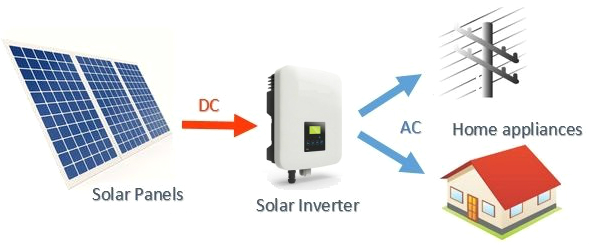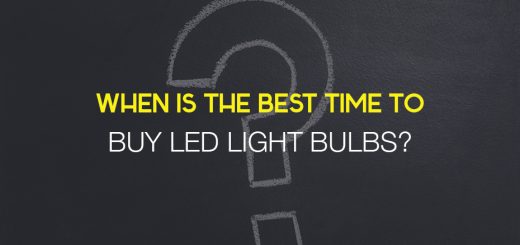What are solar inverters?
Do you take an interest in solar technology? Perhaps you have solar panels on your own roof at home. Somewhere along the line, you will probably have heard about “solar inverters”. Although obscure sounding, the concept behind these devices is actually quite simple. Read on below to find out the purpose and functioning of the solar panel inverter.
First, though, we must explain how PV cells work.
These cells are built from crystalline (usually) silicon semiconductor layers, alternately negative and positively charged, arranged to form panels. As the sun shines on them, they absorb the light and transfer it’s energy to the cell. This, in turn, knocks loose electrons, which move from the negative layer to the positive ones, thus generating an electric current. The energy created is either stored in a battery or sent to a solar inverter.
Thus we arrive at the purpose and function of the solar inverter!
Now, the electric current generated by the light hitting the solar cell is direct current or DC power. However, to be used by most household appliances, the electricity must be in the form of alternating current or AC power. That’s the type of electricity you get from the mainstream electricity grid. What’s the difference between direct current and alternating current? As the names imply, DC electrical energy does not have a waveform but runs in a direct line. AC electricity, on the other hand, has a wave formation (it ‘alternates’ its direction).
The question is, then, how to transform that direct current electricity generated by your solar cells, into alternating current electricity that can be utilized by your household?
This is where the solar inverter comes into the picture. The device responsible for converting DC electricity into AC electricity is a transformer.
What the inverter does, however, is receive the direct current and run it through several transistors that are quickly turned off and on, before feeding it to a transformer. By running it through this apparatus, the DC electricity is made to replicate the behavior of AC electricity – it’s as if the transformer is ‘tricked’ by the inverter into thinking it is receiving AC power rather than DC power.

Another point to be made about solar inverters: the AC current you get from the electricity grid is a true, pure sine wave. It basically forms a perfect wave, running smoothly up then down. For your inverter to replicate a true sine wave, you will need to get one of the better, more expensive ones. Many of the cheaper varieties produce only a modified wave, one that rises to the peak and falls to the trough of the wave in steps. Many household appliances will still run on this type of wave, but probably not nearly as well as if you had a true sine wave. In addition, devices that have motors tend to use a lot more power when utilizing a modified sine wave as opposed to a true one. When it comes to inverters, it really is true that you get what you pay for.



